Fall is one of my favorite times in the garden. As temperatures cool down, the garden seems to come alive again, especially with the recent rains. Dahlias, zinnias, and phlox all appear to deepen in their colors, providing one last burst of beauty before frost arrives.
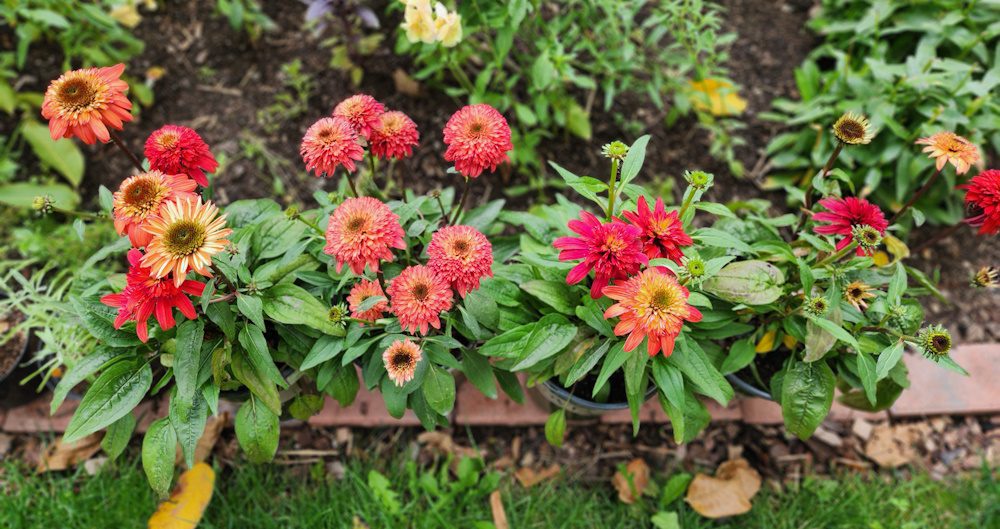
Once the first frost arrives, typically by mid-to-late October, it’s time to prune many perennials and divide them if needed to promote healthy blooms in the spring.
With your spring bulbs snug in the soil (you did complete that task last week, right?), you can shift your focus to perennial flowers and plants. These are your returning bloomers: coneflowers, black-eyed Susan, hostas, peonies, and many more. With a bit of care this month, these plants will come back next spring, vibrant and full of blooms.
What to Prune Now (and What to Leave)
First, is it necessary to cut back perennials in the fall? The short answer is no. Many flowering perennials provide winter food for wildlife, habitat for beneficial insects, and offer visual interest to winter’s barren landscape. However, to lower the risk of disease and promote healthier growth and higher productivity in spring, it’s advisable to tidy up and prune many perennial flowers and plants.
In our region (USDA zones 5-6), these perennials should be cut back in October, usually after the first frost. Pruning after the first frost lets the plant’s foliage die back naturally and directs its remaining energy to the roots, ensuring a strong comeback in spring.
Hostas: Cut the leaves back once they begin to yellow. Usually, after a frost or two, the leaves turn into soggy mounds, inviting rot, unwanted pests, and slugs.

Peonies: Once leaves turn yellow or after a frost, prune the stems to about 2 to 3 inches above the soil line. This helps reduce the risk of botrytis, a fungal disease, from developing over winter.
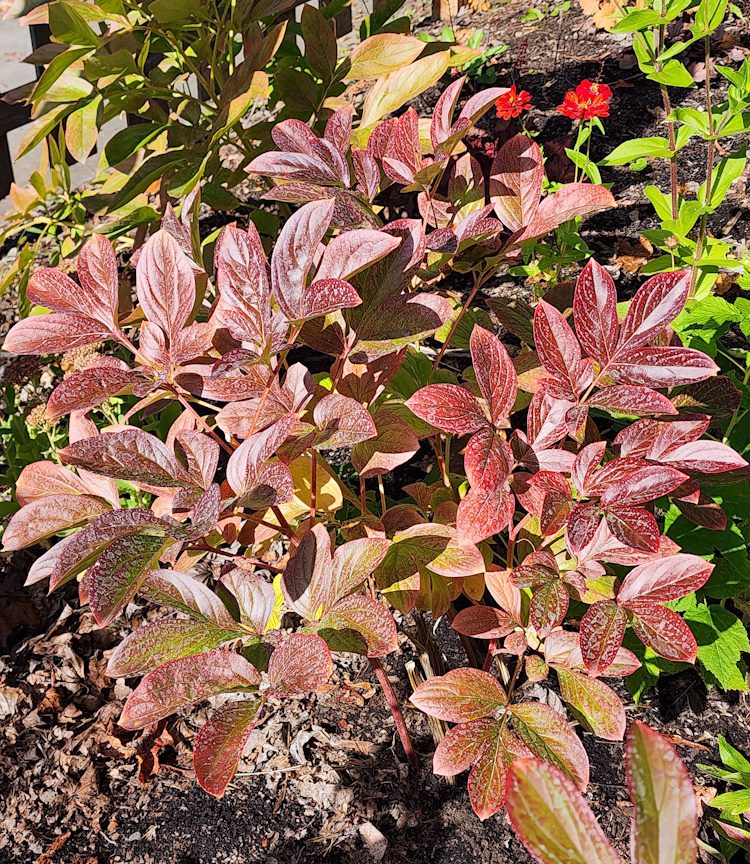
Daylillies: Cut leaves back 2 to 3 inches. This maintains tidy mounds and helps prevent crown rot.
Bee Balm: Bee balm is very vulnerable to powdery mildew when the weather cools. Trim plants down to the base to help prevent the spread of the fungal disease.

Bearded Iris: Cut the leaves back to about 6 inches. This helps prevent iris borers and gives a tidy look during winter.
Catmint: Catmint can become unruly, and trimming it back to a few inches helps keep it tidy during winter, promoting new growth in spring.
Garden Phlox: This perennial is susceptible to mildew and other fungal diseases once cold weather arrives. Cut stems to about 3 inches after the first frost to keep the crown neat.
Of course, not every perennial should be fall-pruned. Evergreen perennials, such as coral bells (heucheras), hellebores, dianthus, and hardy geraniums, do not require pruning. Flowering shrubs that bloom on old wood, like lilacs, hydrangeas, forsythia, rhododendrons, and azaleas, should also be left untouched in the fall.

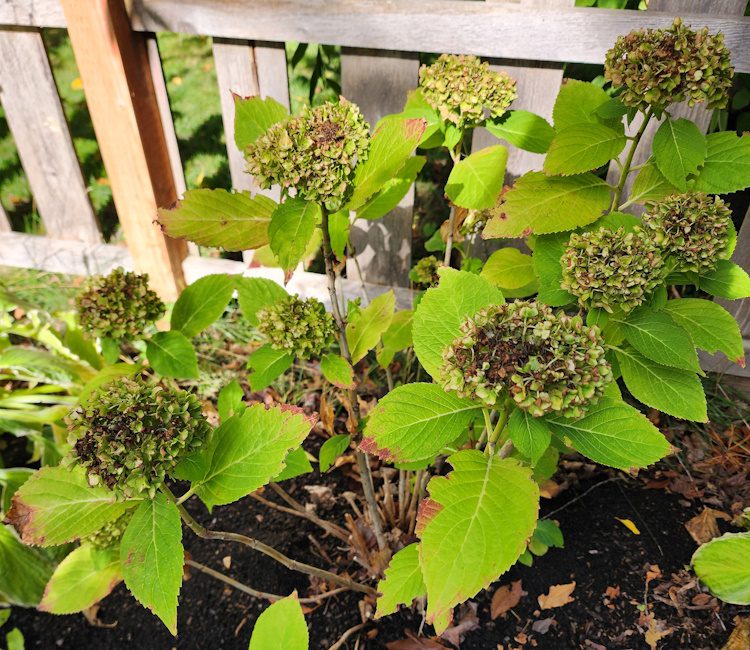
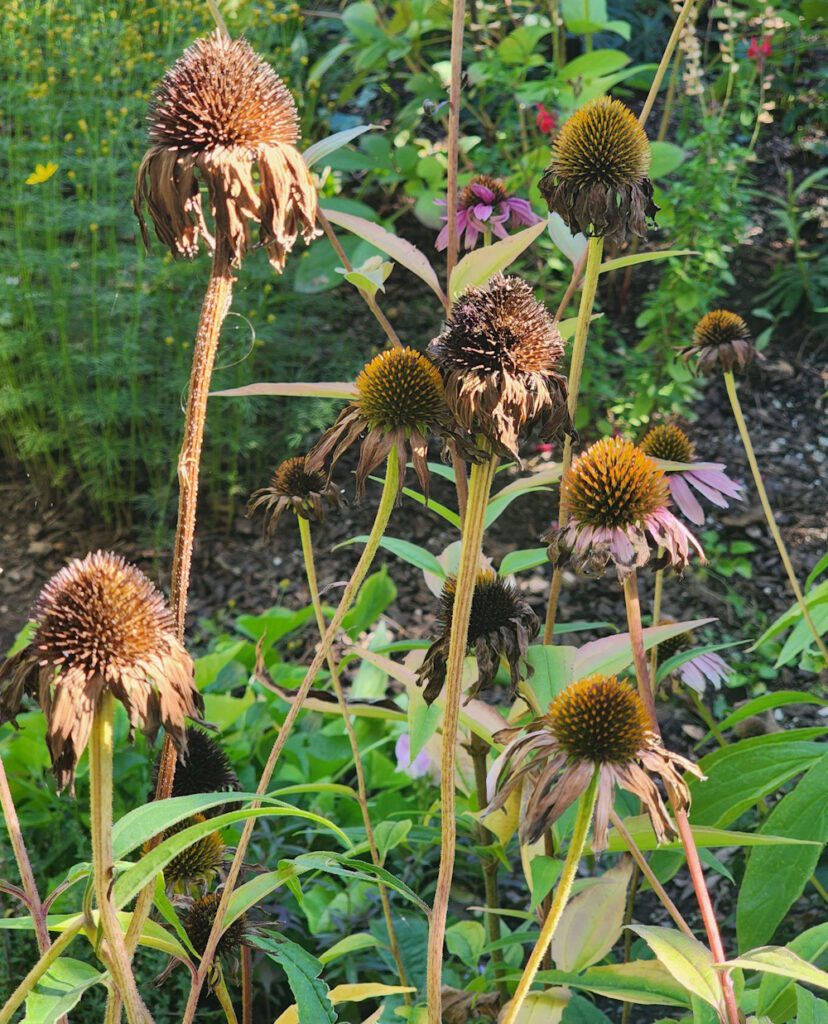
For winter interest, wildlife food, or habitat, it’s best to leave the following perennial flowers standing: ornamental grasses, coneflowers, black-eyed Susan (rudbeckia), yarrow, joe-pye weed, delphiniums, and sedums. Once spring arrives, these plants can be trimmed down to encourage new growth.
The best tool for the job is a pair of sharp bypass pruners, which provide a clean cut. If you’re working with diseased plant material, wipe or spray your pruner blades with rubbing alcohol before moving on to other plants to prevent the spread of disease. And remember, diseased plant material should never be composted.
Dividing Perennials = More Plants!
In addition to pruning back perennials, fall is also the ideal time to divide them. This process can rejuvenate older, tired plants, and the best part is that you end up with more plants to grow or share.
Signs that a plant is ready for division include crowding, such as hostas growing in large clumps, smaller or fewer blooms during the growing season, or dieback in the center of the plant.

Many perennials that are pruned back in the fall are also good candidates for dividing, including coneflowers, black-eyed Susan, hostas, iris, sedums, bee balm, daylilies, and phlox. Others to consider are ferns, Shasta daisies, yarrow, coral bells, asters, and astilbe.
However, not every perennial needs to be divided every year, and some should only be done occasionally (peonies), especially those with long taproots, such as columbine, bleeding hearts, balloon flower, and baptisia.
Given peonies’ deep, fleshy roots, it’s recommended to divide them about every 10 years, unless it is otherwise necessary. It can take several years for them to reestablish and bloom again.

For a list of what perennials can be divided and how often, see: https://thecoeurdalenecoop.com/how-often-to-divide-perennials-winter-care/
How to Divide Perennials
Before picking up the garden fork, consider a few things to give your divided plants the best chance to thrive.
The first is timing. Plants divided in the fall need four to six weeks for roots to establish before the ground freezes. Second, like with any transplanting, it’s best to divide perennials on an overcast day—sunny days may cause the plant roots to dry out. Third, if the soil is dry, water the plants thoroughly over a few days before dividing. They should be well-hydrated before dividing.
Use a spade or garden fork to dig up the plant. Shake off excess soil and gently divide the plant into smaller clumps by pulling or teasing the root ball apart or cutting it into pieces with a sharp spade or knife.
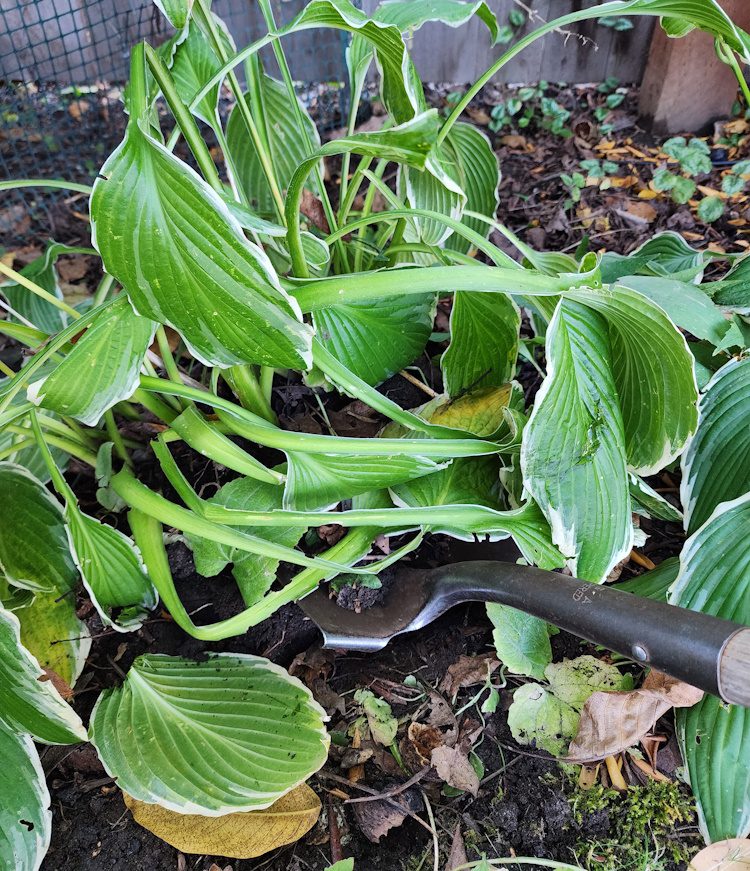
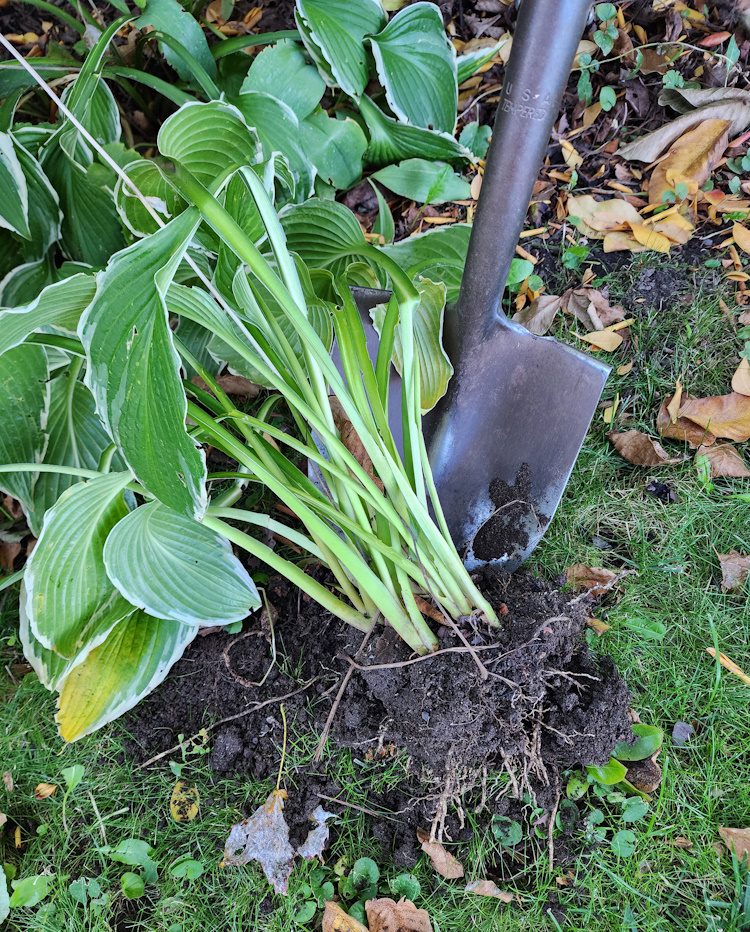
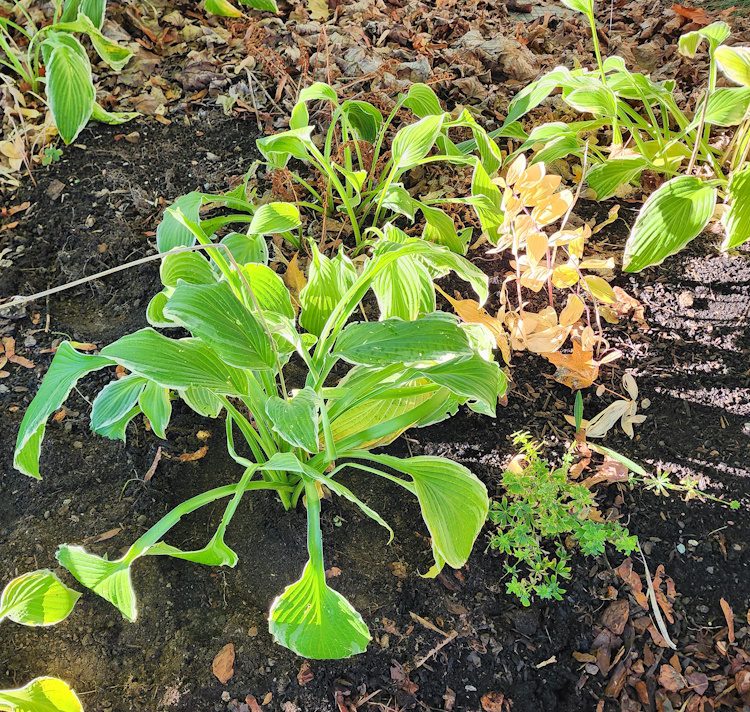
Each division should have three to five healthy shoots and numerous roots. To ensure success, replant or pot the divisions immediately after dividing. Top dress around the base of the plant with a bit of compost and water thoroughly.
A Job Well Done
Once you’ve tucked your divided perennials back into the soil and given them a good drink, your garden will be ready to rest — and so will you!
Fall truly is a season of promise: bulbs dreaming beneath the soil, perennials preparing for their long winter rest, and you finally get a chance to breathe (and maybe enjoy some cider).
Come spring, you’ll be rewarded with fresh growth, fuller blooms, and the satisfaction of knowing all your fall work prepared the way for another beautiful season. Until then, enjoy the golden glow of October and the quiet season ahead!


Leave a Reply